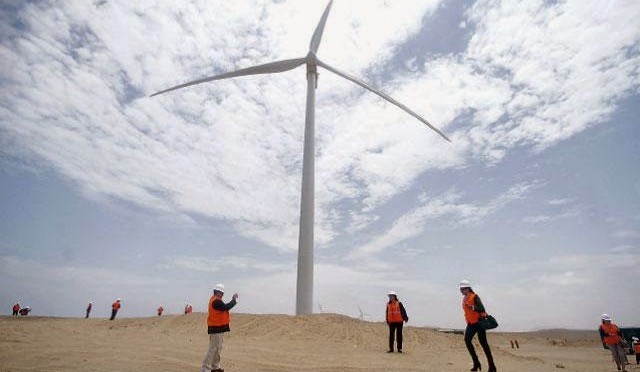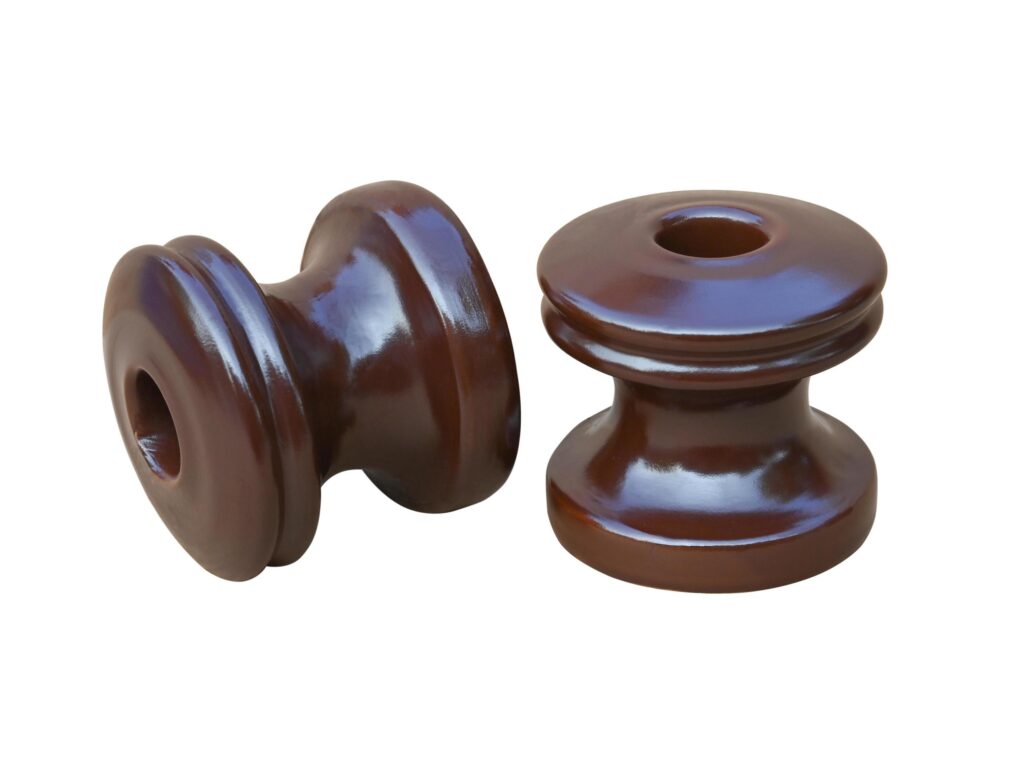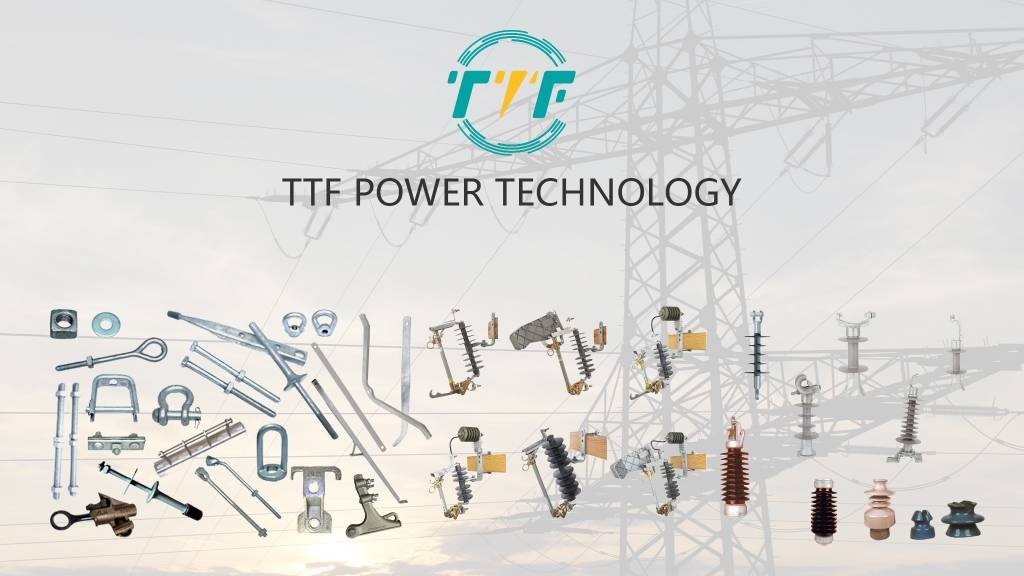
There is increased commitment to reducing greenhouse gas emissions and transitioning toward a low-carbon economy. Peru’s decarbonization is primarily through reforms in the energy, transport, and industrial sectors. Its decarbonization strategy aligns with its Nationally Determined Contributions under the Paris Agreement. The country has significant hydropower, solar, and wind potential, and the government has put in place policies to boost clean energy. The increasing focus on decarbonization has led to renewable energy growth, a reduction in fossil fuel reliance, EV adoption, and a reduction in deforestation. However, there are various challenges that limit decarbonization, including grid limitations, illegal mining, financing gaps, and fossil fuel subsidies. Key steps for decarbonization include scaling up renewables, modernizing the grid, and ending fossil fuel subsidies. Upgrading energy infrastructure in Peru demands the use of spool insulators for safe, efficient, and resilient power distribution.
A high-quality spool insulator is a ceramic or polymer component used in low- to medium-voltage distribution systems. The insulators are designed to support and insulate conductors from poles, prevent energy leakage, and provide mechanical stability in challenging environments. Spool insulators prevent current loss and arcing in transmission lines, allow clean energy to travel over long distances, and reduce maintenance costs. They provide durable and weather-resistant insulation. Spool insulators on solar farms must endure high UV exposure and sand abrasion. High-performance insulators prevent faults in overloaded infrastructure, enhance safety margins by reducing risks, and help maintain power quality. Technical features for spool insulators include high mechanical strength, corrosion resistance, thermal durability, and compact size. Dive in as we discuss the progress, challenges, and the roles of spool insulators in Peru’s decarbonization efforts.
Decarbonization opportunities in Peru
Peru is actively pursuing decarbonization to achieve net-zero emissions by 2050, aligning with its commitment under the Paris Agreement. The country also aims to address political challenges, reduce reliance on fossil fuels, and speed up the integration of diverse renewable energy sources. Peru has seen progress in renewable energy expansion, policy initiatives, and green hydrogen development. Using spool insulators in grid infrastructure helps strengthen energy infrastructure in Peru. Here are the opportunities for decarbonization.

- Enhancing renewable energy integration—implementing more renewable energy auctions attracts private investment and increases the share of renewables in the energy mix. There is also the development of grid infrastructure to accommodate variable renewable energy sources.
- Electrification of transportation—promoting electric mobility can lead to a 39% reduction in greenhouse gas emissions in the transportation sector.
- Decarbonizing the mining sector—using renewable energy in mining operations can reduce emissions and capitalize on the increasing global demand for minerals like copper and zinc.
- Strengthening policy and industrial frameworks—addressing political instability and ensuring consistent climate—can help sustain the progress.
Key barriers to Peru’s decarbonization efforts and the importance of spool insulators
Peru has made solid progress in deploying renewable energy and implementing climate policies. There are various challenges that threaten to slow the path to decarbonization. Spool insulators may be small components, but they help strengthen energy infrastructure to meet Peru’s clean energy goals. They support safe, resilient, and cost-effective electricity infrastructure. They help address challenges such as weak transmission lines, difficult terrain, limited public budgets, and rural energy poverty. These challenges include:

- Outdated grid infrastructure—the grid infrastructure may lack the resilience needed to handle variable renewable energy output, long-distance transmission, and harsh environmental conditions. Spool insulators reduce the risk of faults and energy loss, leading to increased grid reliability and safety.
- Energy access in remote areas—extending the main grid to remote areas is expensive and difficult. Spool insulators enable low-voltage distribution systems for rural solar mini-grids and micro-hydro plants.
- Costs for infrastructure modernization—large-scale grid upgrades and clean energy projects—are capital-intensive. Spool insulators are low-cost yet high-performing, which allows gradual and scalable infrastructure improvements.
- Integrating distributed energy sources—integrating many small-scale renewable sources—demands grid flexibility and insulation integrity. Spool insulators allow for safe connection of distributed energy resources without risking grid instability.
- Weather and geographic conditions—Peru’s climate poses risks of corrosion, mechanical damage from wind, and electrical faults. Weather-resistant spool insulators resist moisture and UV radiation. Their construction prevents arcing, tracking, and short circuits during storms.